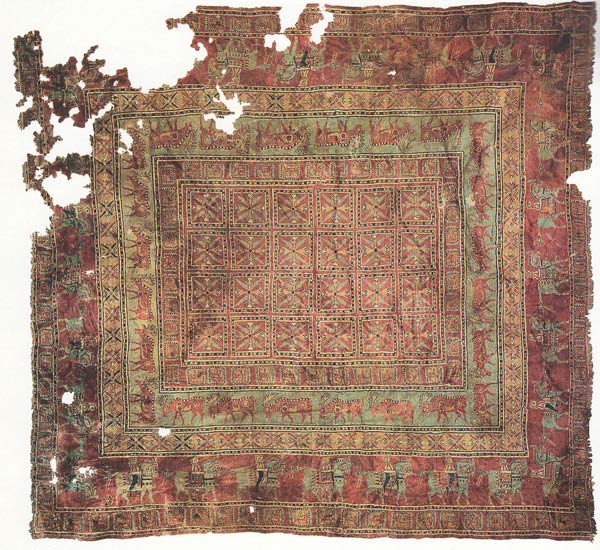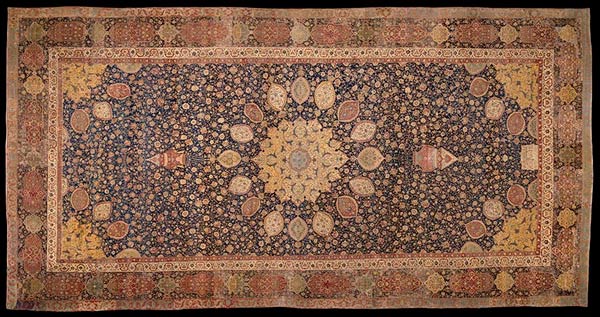
The establishment of the Persian carpet dynasty
The first sign of the Persian carpet style was that at the end of the fifteenth century, the Safavid dynasty unified the Persian peoples. This made the Persian carpet art really achieved its independence, and set up royal court workshops in the most important cities, such as in Isfahan, Tabriz, and Kashan, etc.

The great Persian artist with the command and patronage of king Safavi started the carpet design, books, calligraphy, painting, architectural art, etc. This Persian Art Form inspired the decoration design of carpet. The main inspiration for the weaving of carpet is the art of making books.
Before the time of safavid, carpet weaving was a business carried out by ordinary people, while book production was an art activity by the dignitary. From the 16th century, hand knotted carpet weaving began to draw nourishment from book production, and the design of the book is woven into the Persian carpet.
During this period, the Persian carpet design was also influenced by China, such as the cloud band pattern and the unreal animals, as well as the influence of peony decoration and other natural elements, and the design of natural flowers from the lotus flower. Carpet design has a very important and thorough effect in the development history of carpet art, to make carpets so closely connected to everyday life. The Persian carpet became a symbol of social wealth and luxury.
At that time, the Persian carpet was used as a significant gift to the rulers of several European powers, and that astonishes the rulers. The Persian rug began to enter the world's most magnificent palace and architectural history, which further confirmed the close relationship between royal nobility and Persian rug art.
The Persian rug reached its peak in the reign Shah Abbas (1587--1629), and it became the most important form of art in that era. Start from the 19th century, many of the world's most famous museums began to collect and display Persian carpets from the time of Shah Abbas.

